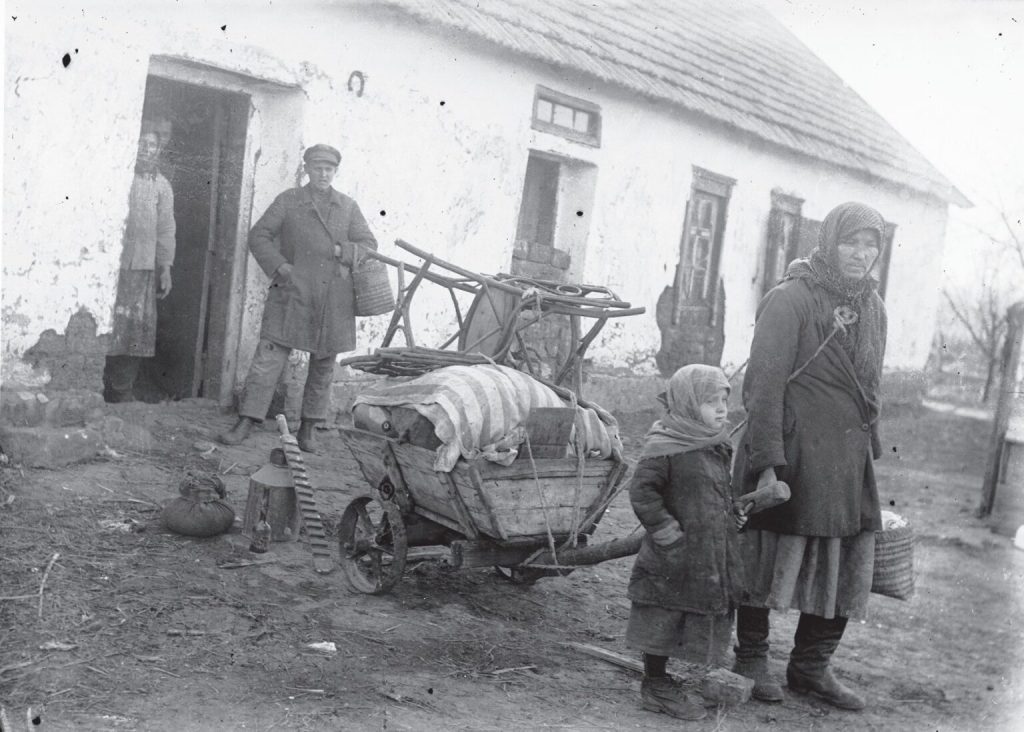In March 2023, I visited Ma'agan Michael Kibbutz and had a meeting with a former
Israeli government official charged with managing the government bailout of about
200 kibbutzim. Both offered empirical
lessons about the challenges of communal living.
Background and Description
Ma'agan
Michael was one of the few kibbutzim not bailed out. It is one of the wealthier and more populous
kibbutzim, with approximately 2000 residents. (Kibbutzim is the plural of kibbutz, which is described in more detail below but might be briefly described as a voluntary socialist community in Israel.)
In an earlier era, this kibbutz
and the others followed a more egalitarian model. For example, children were once raised
communally in dormitories and would visit their biological parents for only
three hours each day. This alone was a
big sacrifice for families for the sake of ideology, not to mention harmful actions
that adults might occasionally take against children knowing that their parents
were not around.
Now nuclear families live together
in their own residence. Every family
receives an income that varies only according to the age and structure of their
family. As of 2023, that was about $3,500
per month. Dining and laundry are in common. Rent, healthcare, formal education, and those two services are "free" -- not taken out of the $3,500.
A family can purchase and own household appliances for their residence. Some get a washer and dryer because the
community laundry takes too long.
Part of the kibbutz is something
like a car rental agency. They have a
fleet of cars. A central office holds the
keys. A member could pick up a car key
and use a car for the day. I believe
that this was charged against their $3,500. Much of the accounting is done on computer with a fab system.
Some of the members are employed
outside the kibbutz, but nonetheless must surrender all of
their earnings to the community. A
partial exception would be earnings during periods of sabbatical. One three-year sabbatical is permitted per
lifetime.
Forty-five hours per week of work
is required from all adults, with some categorical exceptions. Mothers are required only 37.5 hours per
week. Retirees do not work at all; their
Israeli-government pensions go to the community.
More than 90 percent of the land
in Israel is government land, including the land allocated to Ma'agan Michael since at least the 1940s. It is a prime seaside property, as you can
see in this photo. They once fished in
the Mediterranean but now operate a couple of different kinds of fish farms on
their property. They also have a couple
of factories for manufacturing. The plastics
factory they founded in 1963 has annual sales approaching $100 million, which
helped them avoid the financial crises experienced by most other kibbutzim.
The common areas of the kibbutz can be compared to a college. The dining room resembles the college
cafeterias from my own college days, which are not as upscale as modern college
dining facilities. The grounds are less
neatly kept than college campuses are (the beach photo is not typical in
that regard).
Problems with communal living, even on a small scale
As Ran Abramitzky discusses in his
book The Mystery of the Kibbutz, and labor economists have observed with
employment contracts, work effort can be a problem
when pay is not tied to performance. The
kibbutz, where members have often known each other since birth, tries to police
this by watching each other. They can expel
a member from the kibbutz for poor performance, which is a serious punishment.
The kibbutz also looks hard at the work ethic of persons
applying for membership. However,
membership in the kibbutz is voluntary, and individuals cannot be compelled to
stay. The most productive members have a
significant financial incentive to leave.
Perhaps a more serious problem is occupational choice and
human capital accumulation. With uniform
pay, members have little financial incentive to excel in their jobs,
particularly in roles they find unfulfilling.
While the kibbutz covers the cost of formal education, much of human
capital development in conventional labor markets occurs after formal schooling
is completed.
Too much is democratized on the
kibbutzim. First, there is the challenge
of reaching agreement, leading to significant and frustrating indecision. Second, incentives are lacking to acquire and
utilize information relevant to collective decision-making. An individual could work hard to determine
the right answer, but his vote hardly counts (the paradox of voting).
Financial decisions are a prime
example. Few kibbutz members have an incentive
to learn about, say, present values. About
fifty years ago, numerous kibbutzim initiated projects
that seemed viable if the time value of money were ignored, but were big losers
from an NPV perspective. The abundance of
failures among those projects was a major reason that kibbutzim would later be bailed
out.
Equality, including gender
equality, was an important ideal of the early kibbutzim and, to a large extent,
still today. Nevertheless, despite the
ideology, gender segregation by occupation seems just as strong as it is off
kibbutz. All but one of the laundry
employees I saw were female. All of the tractors and heavy machinery were operated by men.






